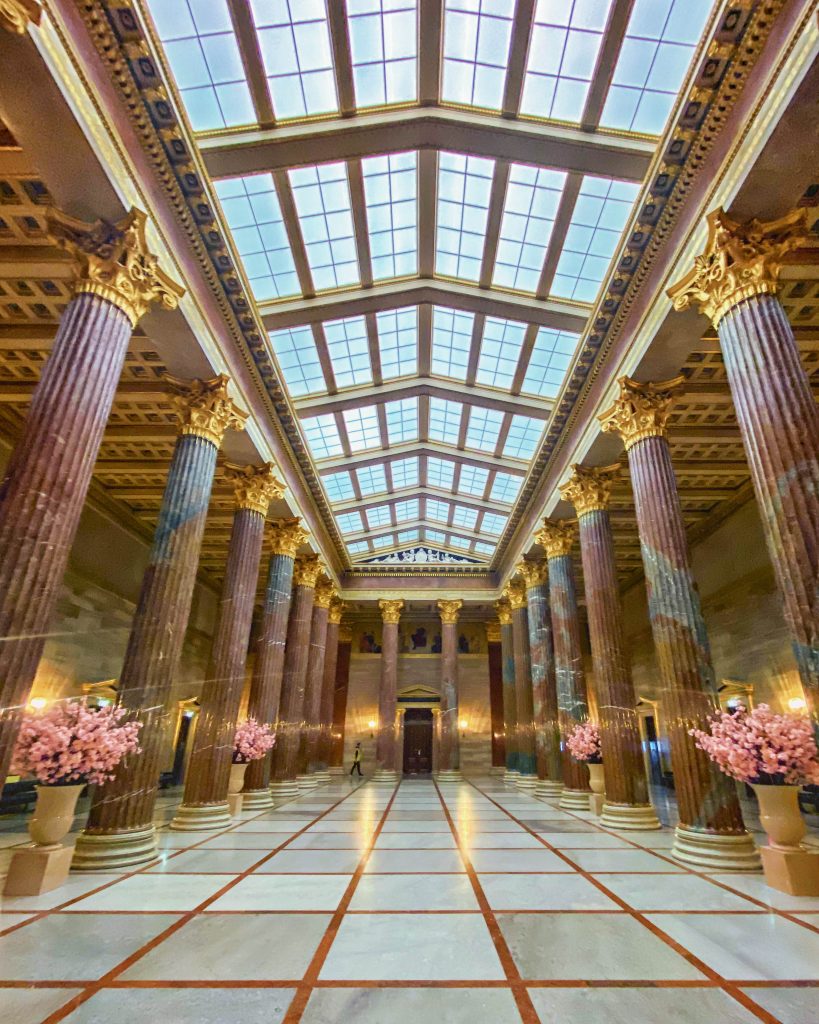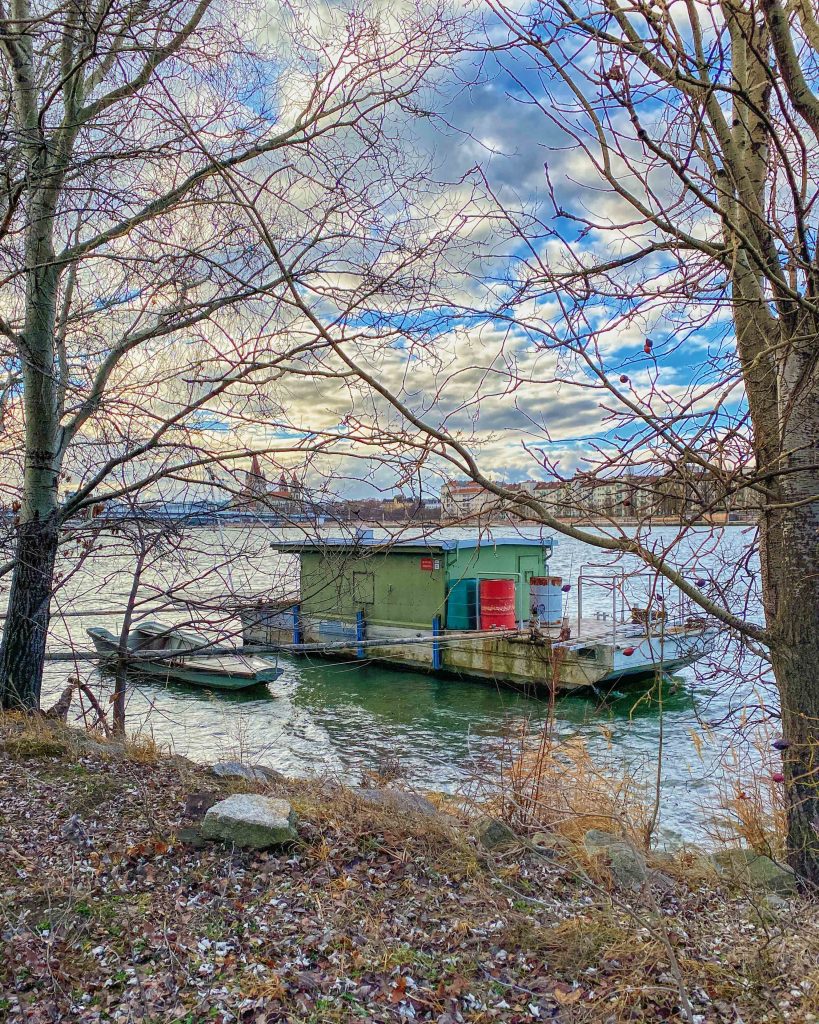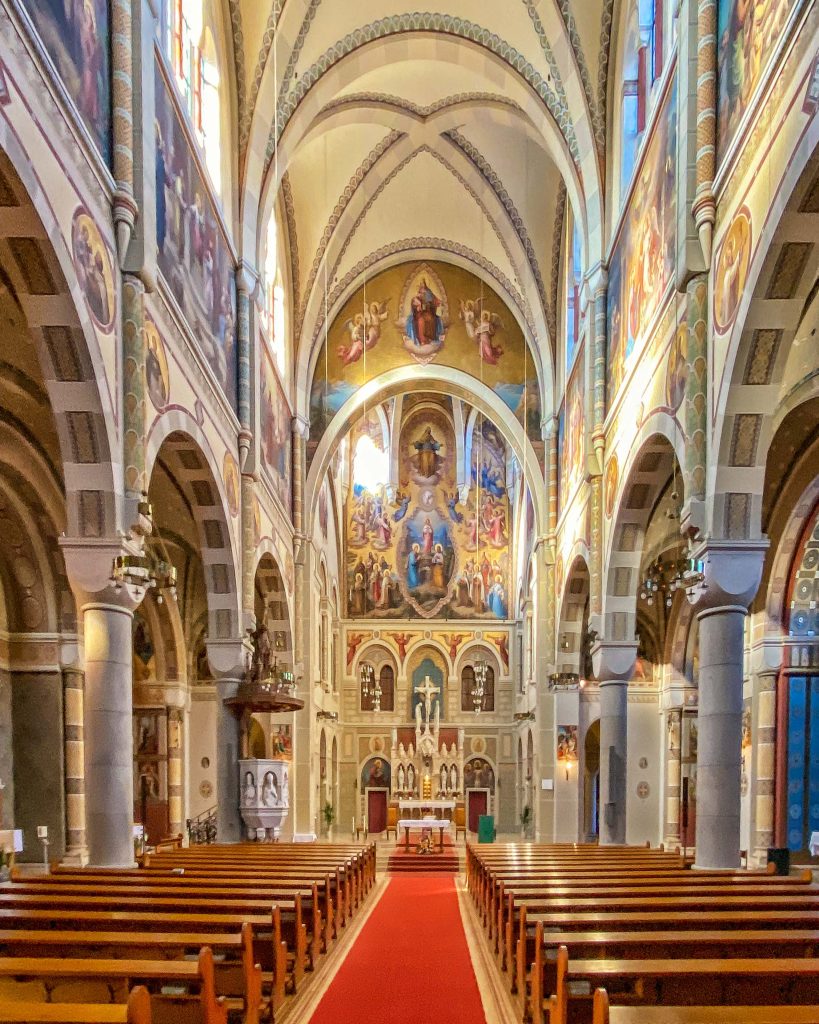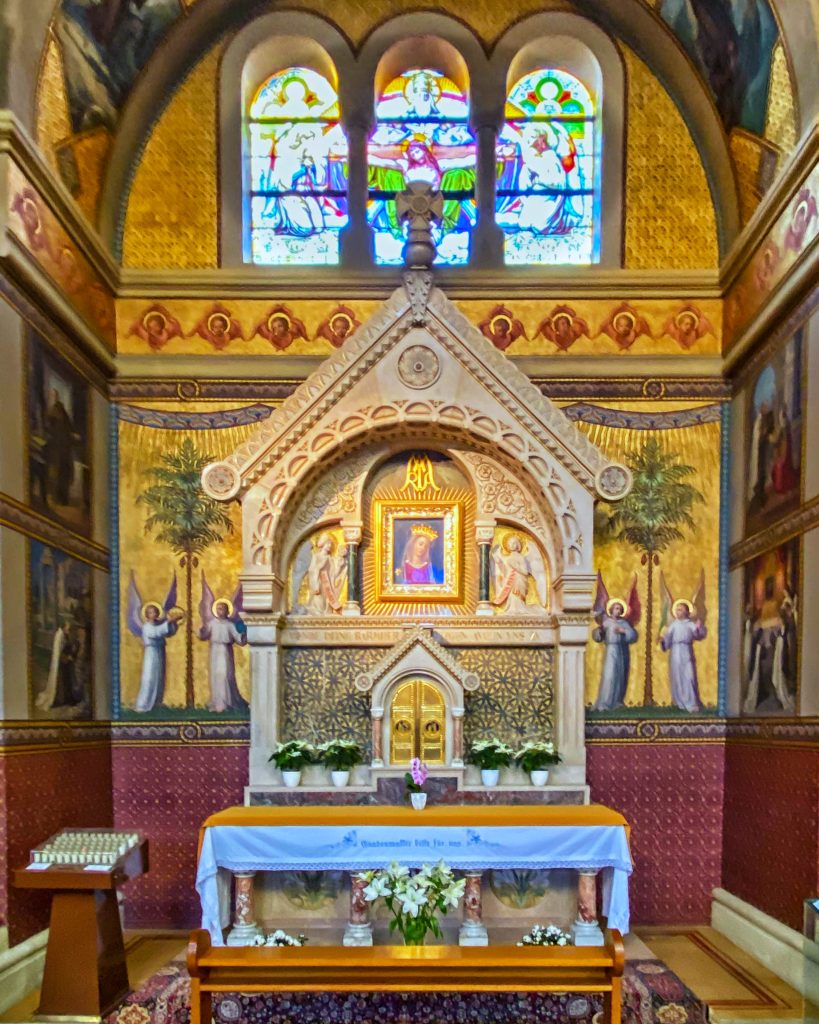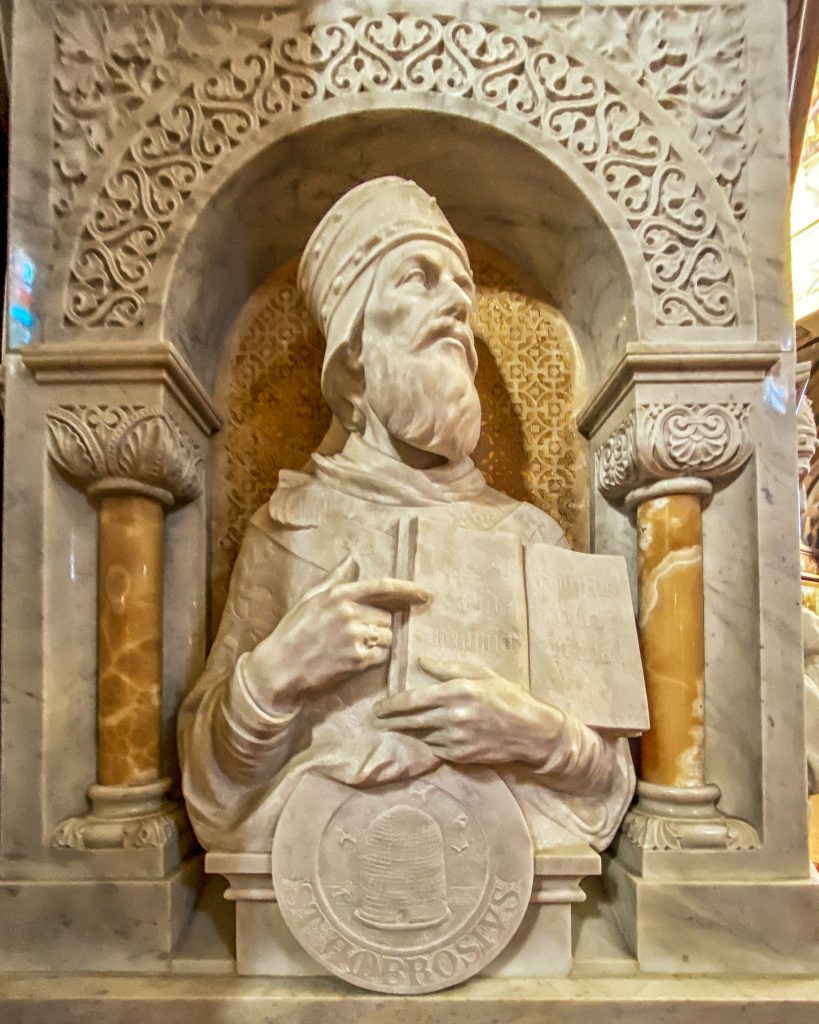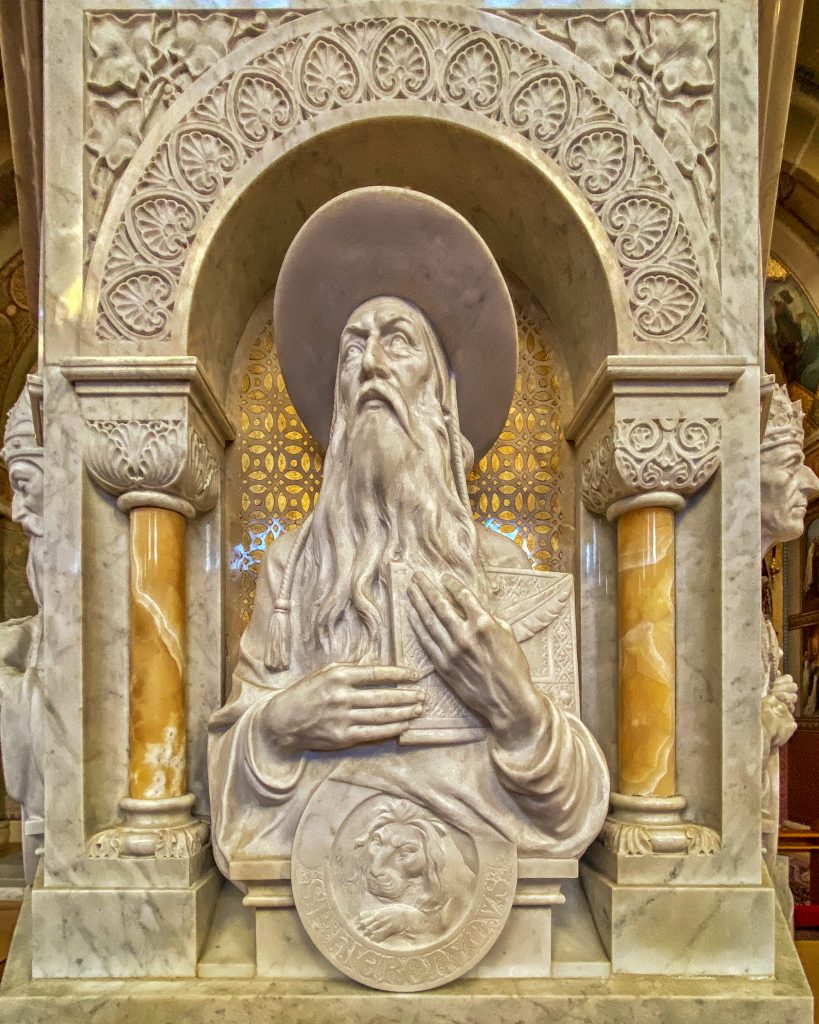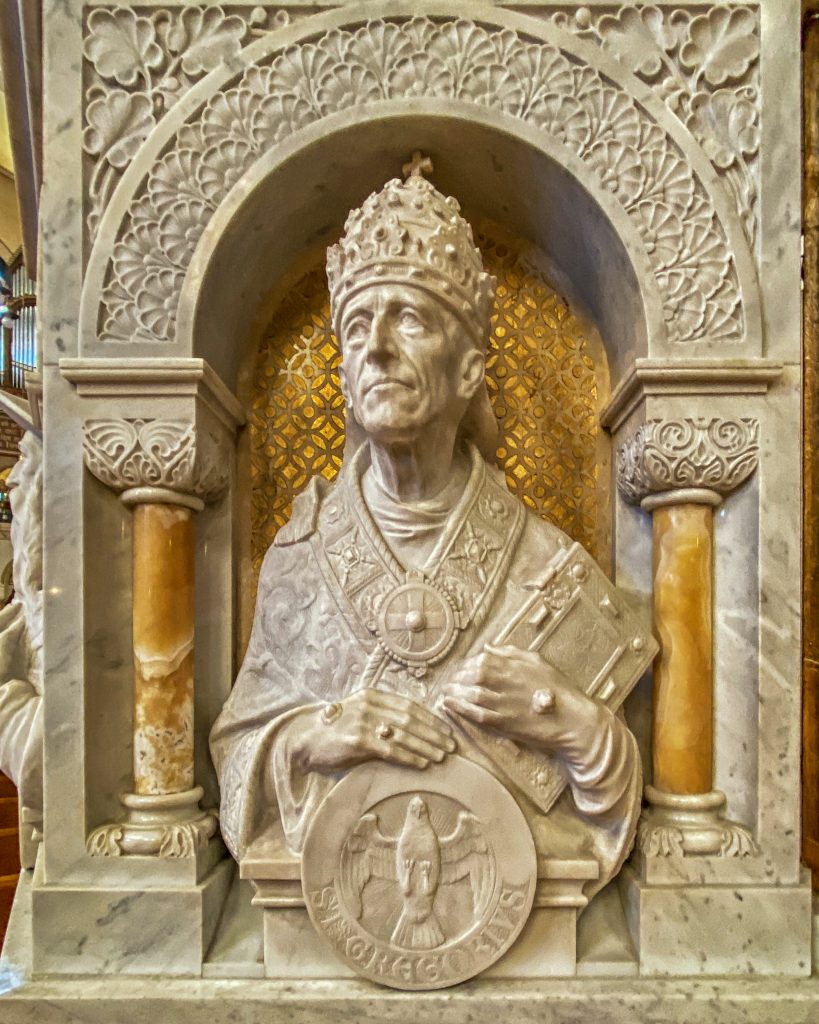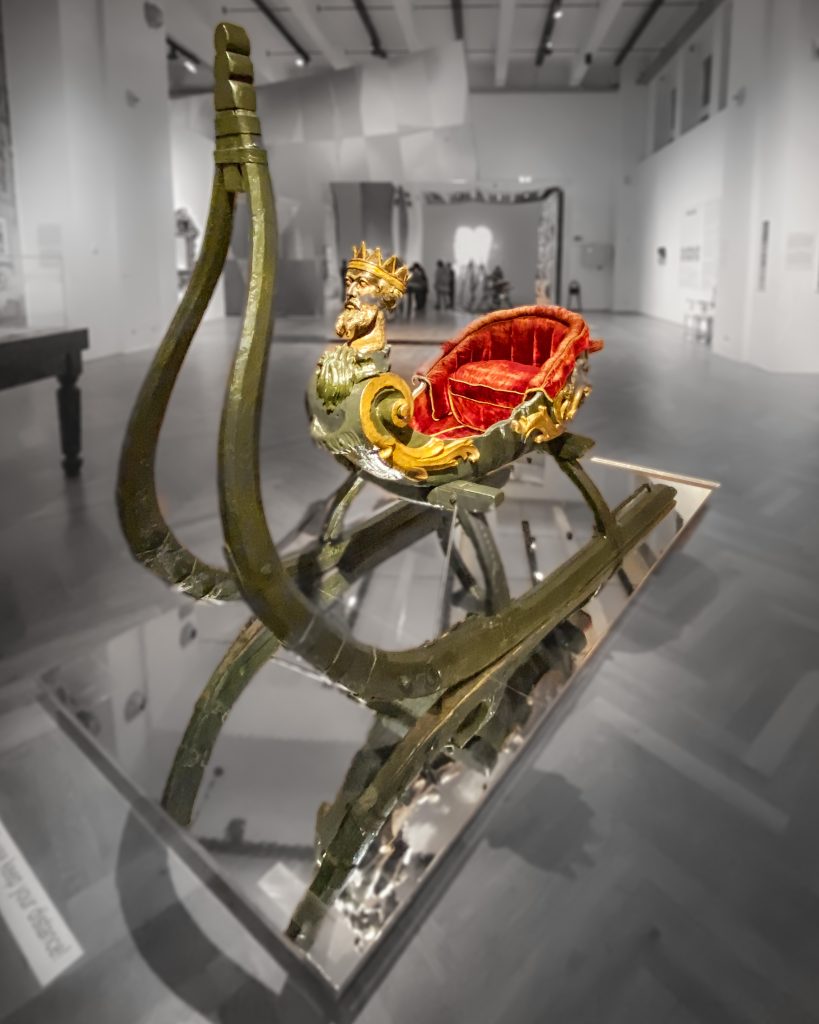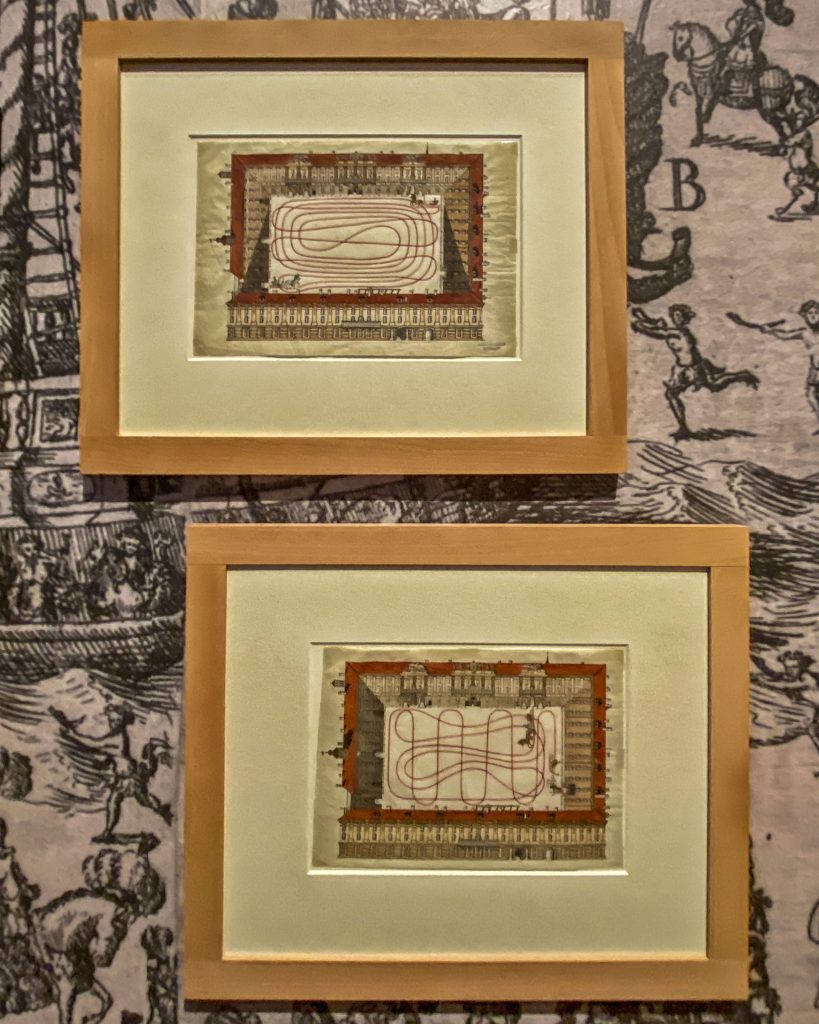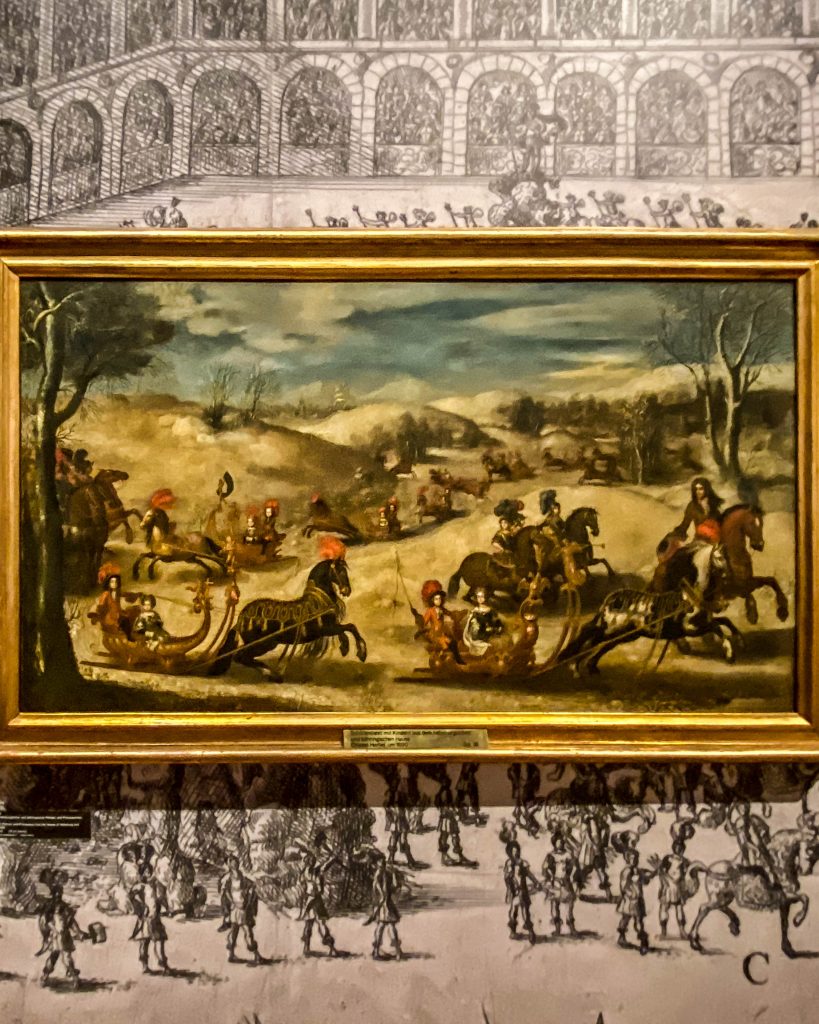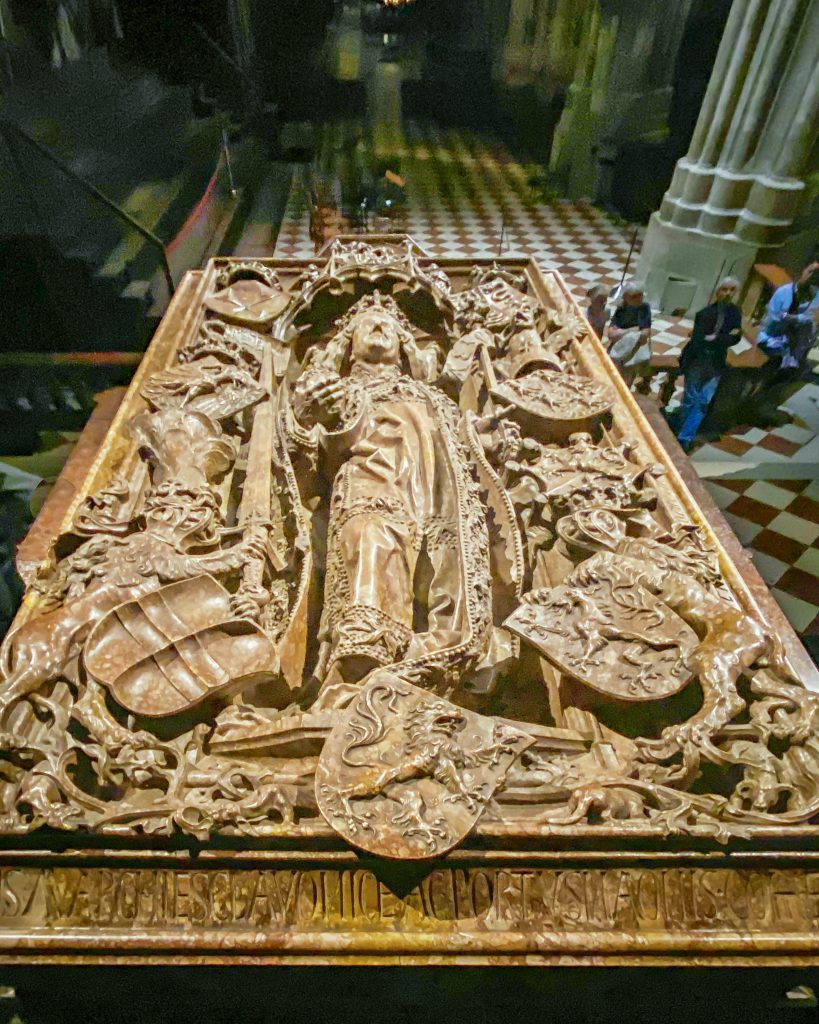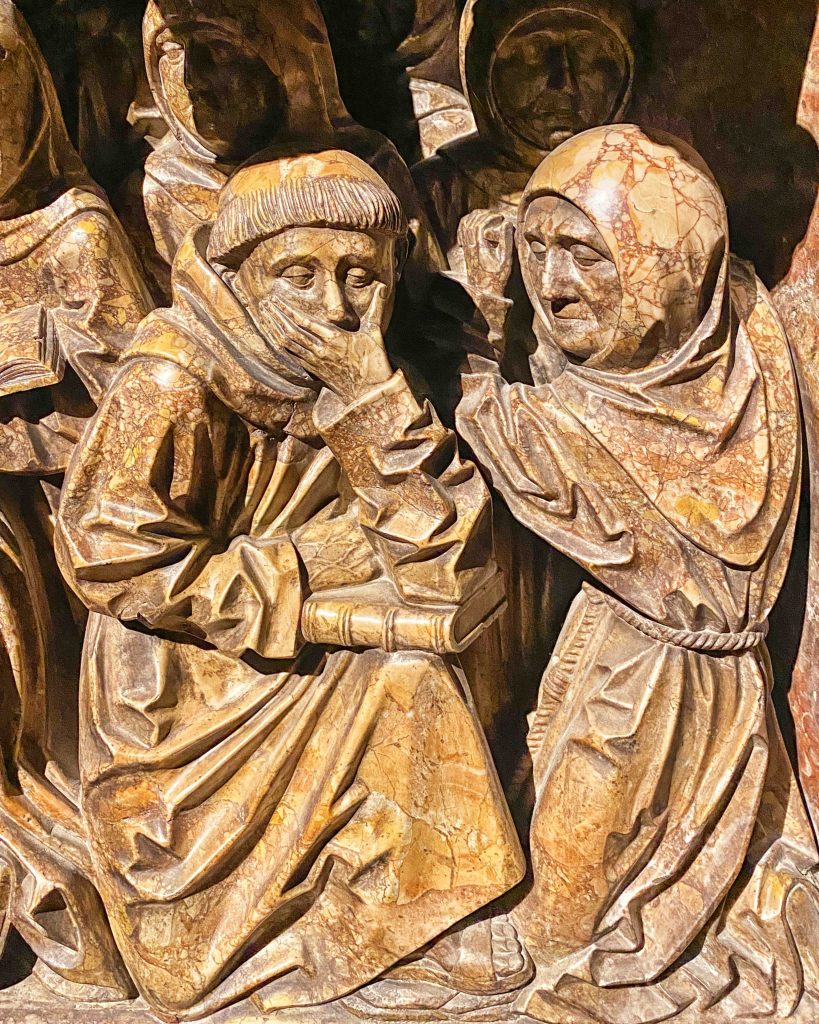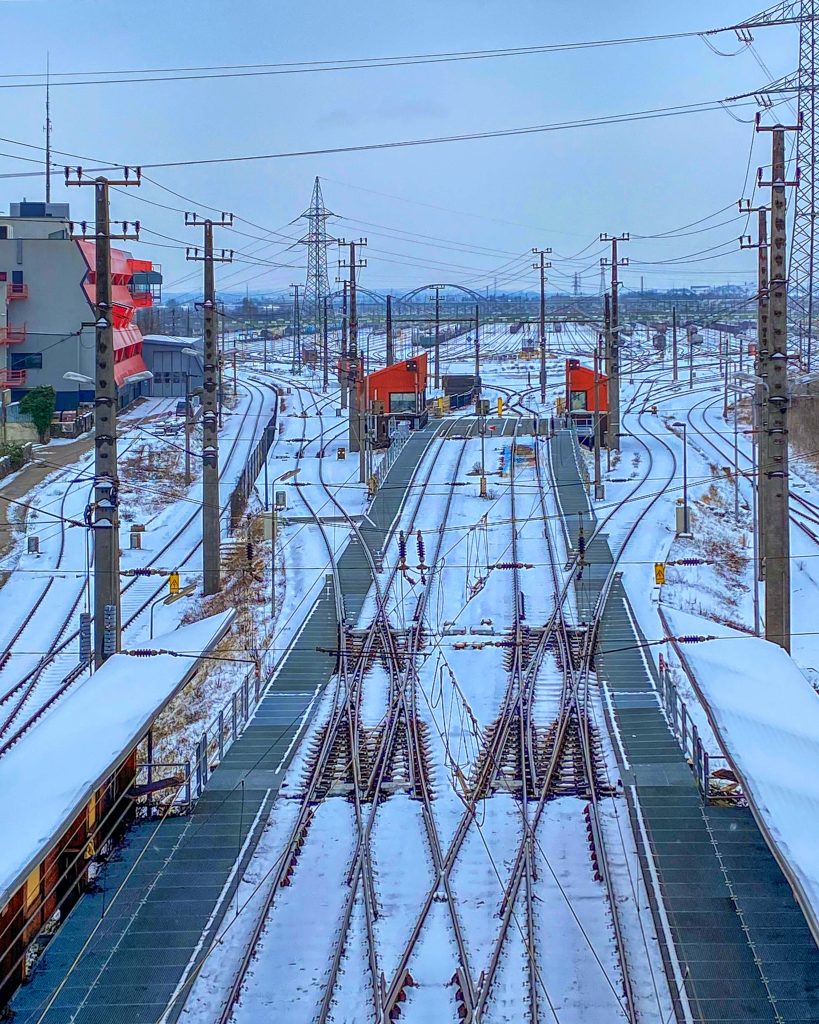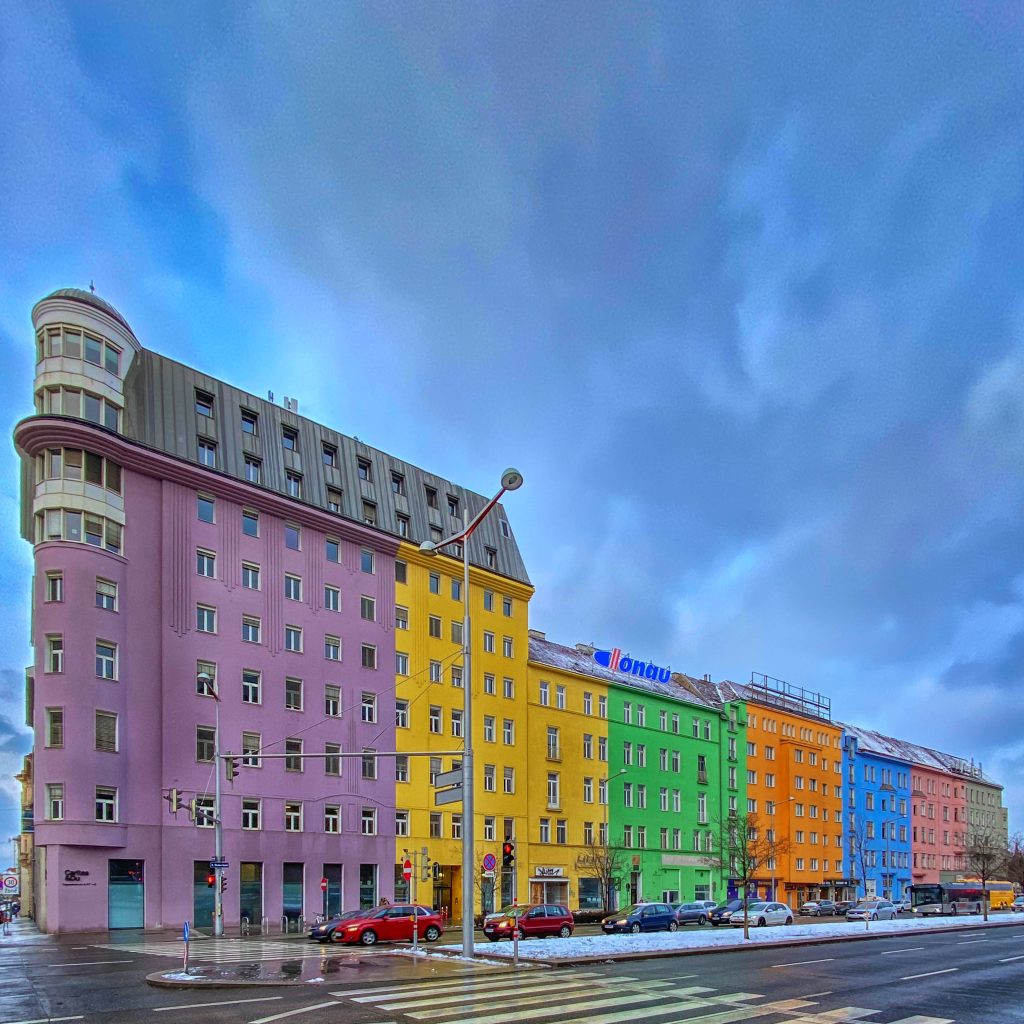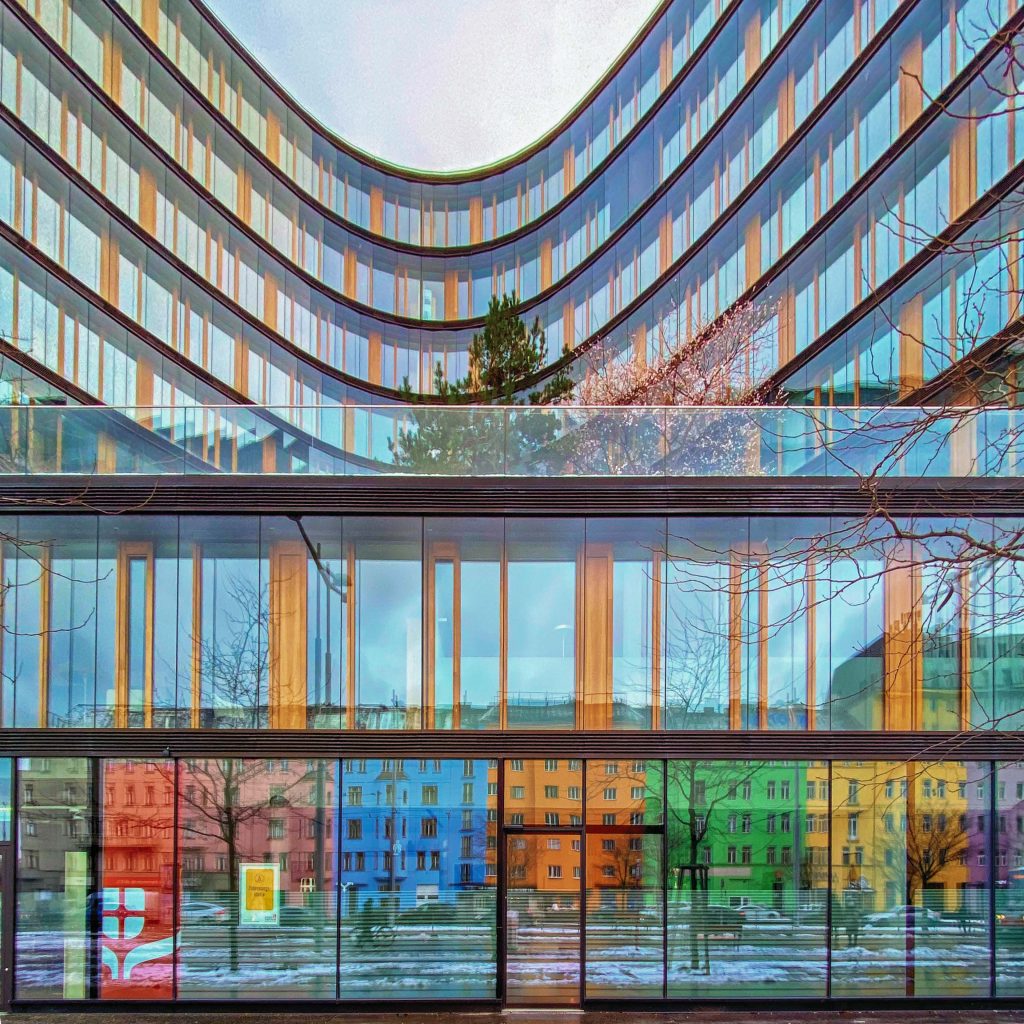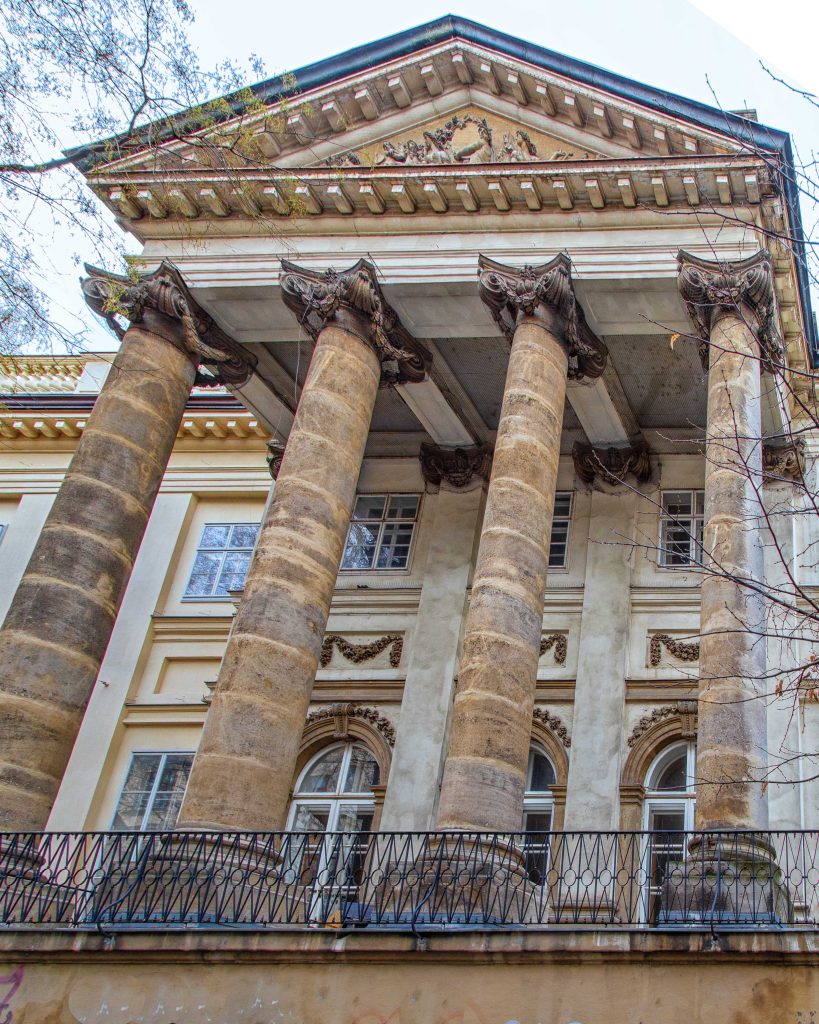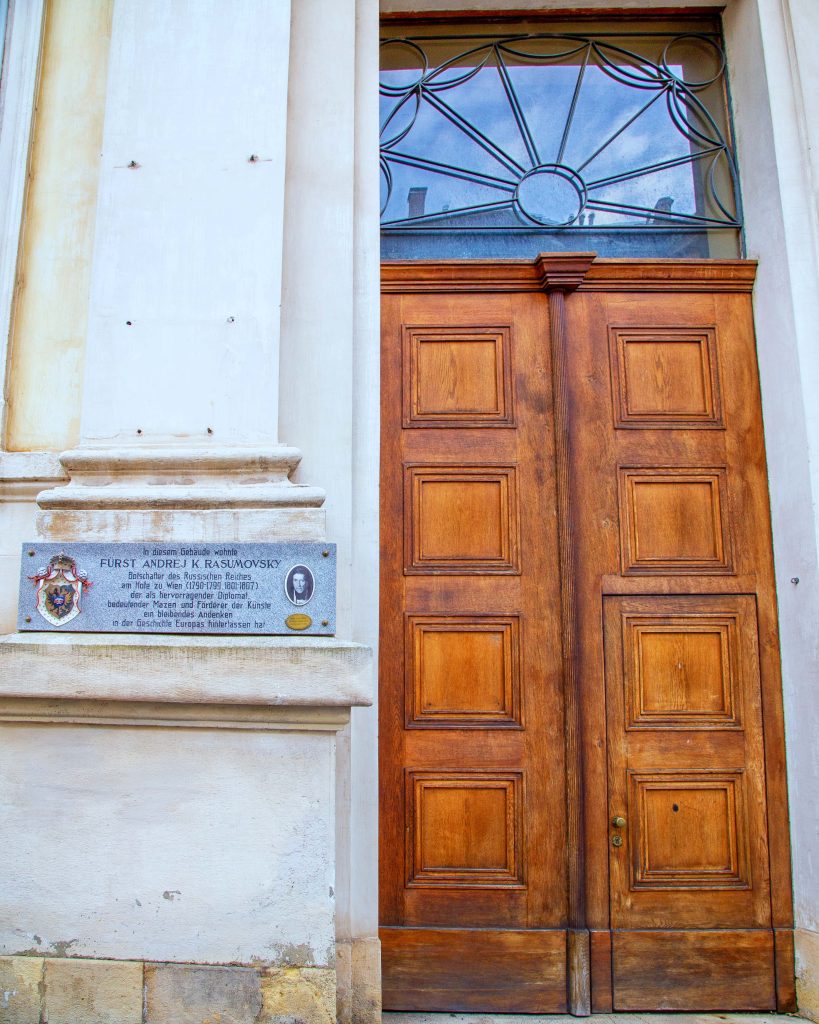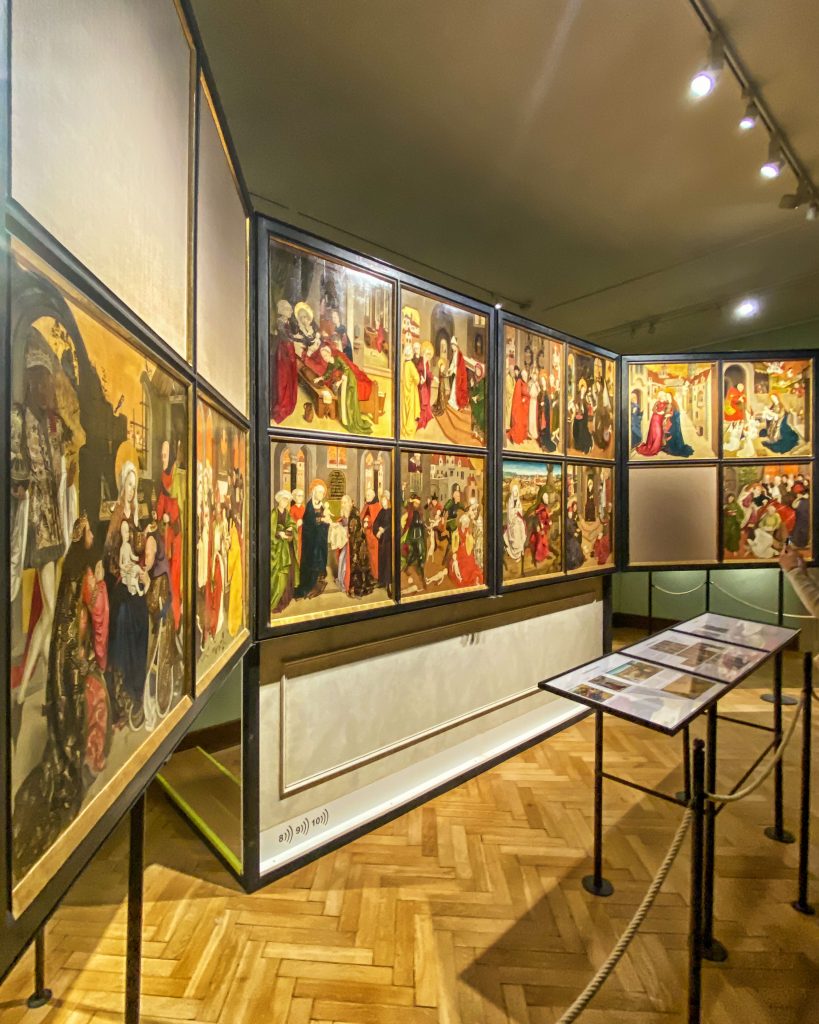Departments 3 and Administration
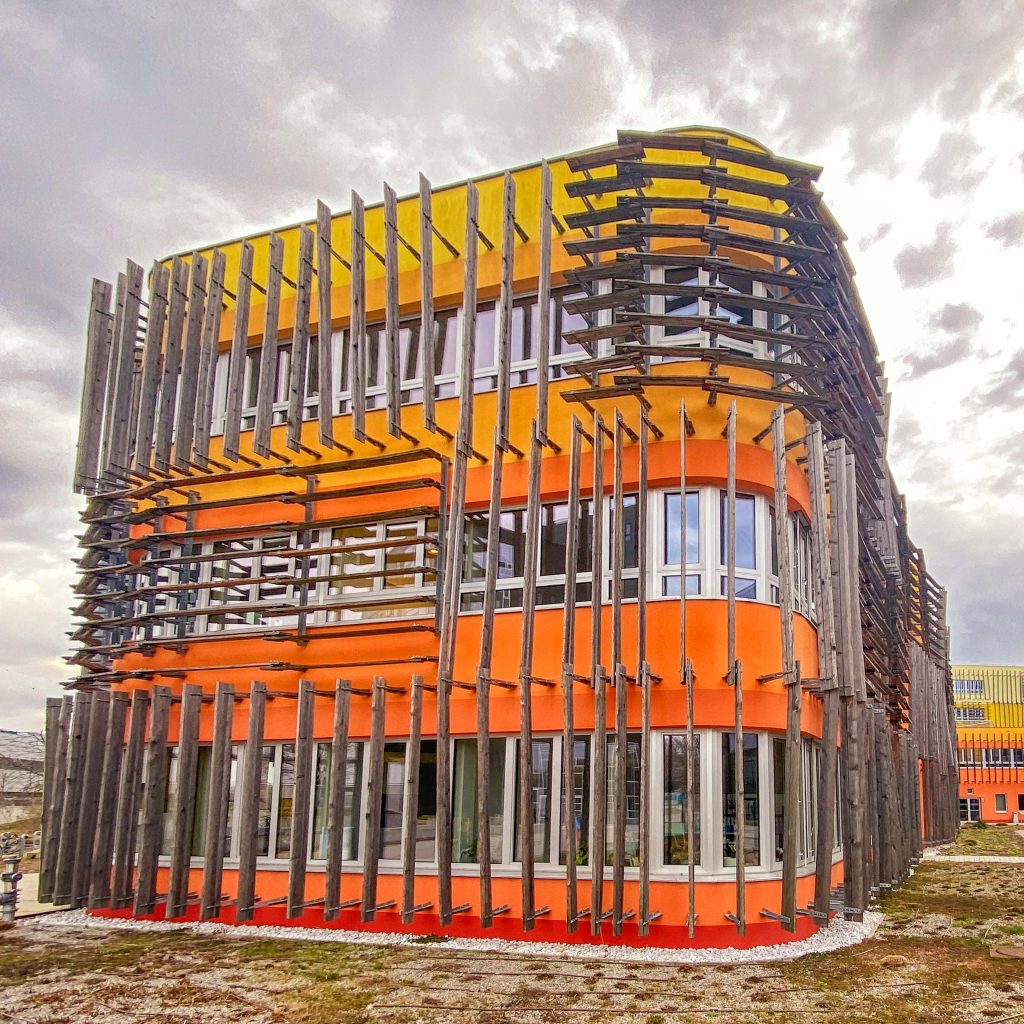
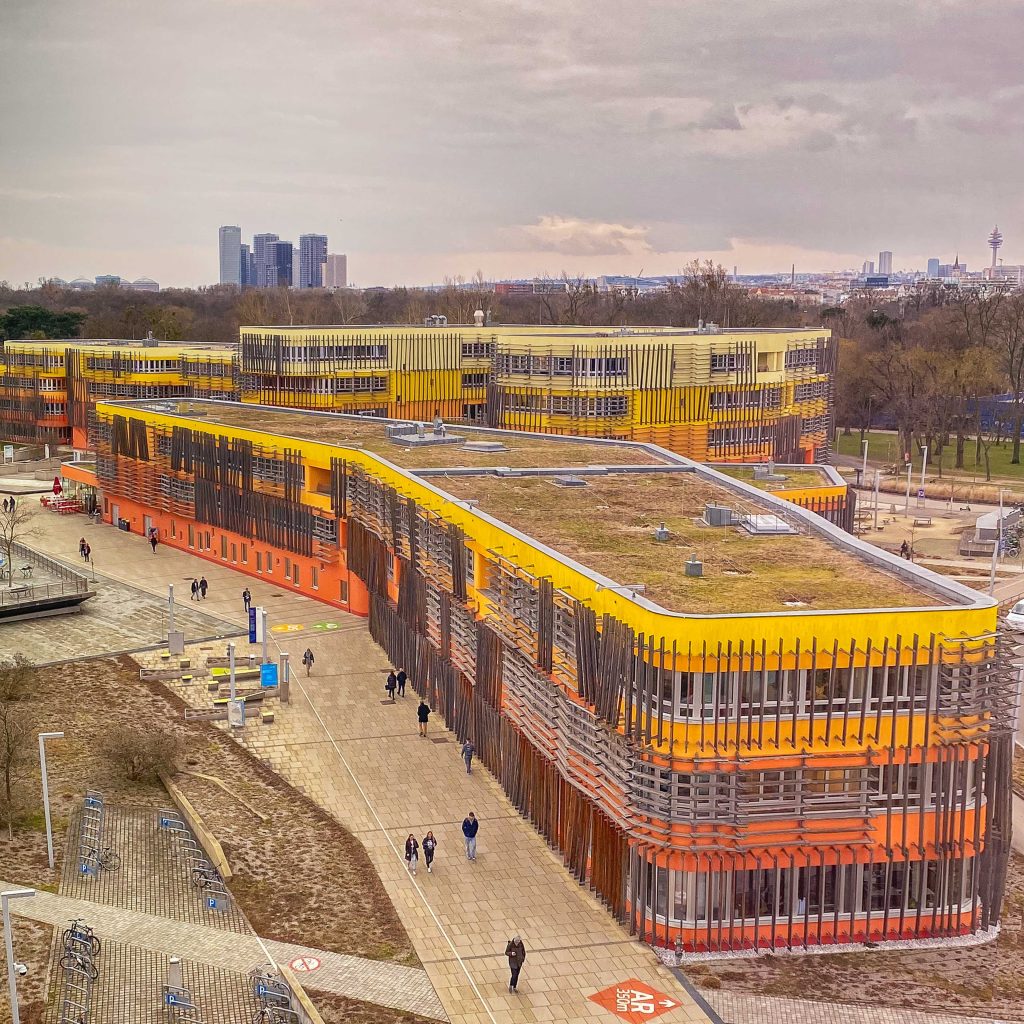
One of the best-known buildings on the WU campus in Leopoldstadt in the Prater is WU’s central administration building (D3 AD) by Arch. Peter Cook & CRAB Studio of London, also known in Austria as the designers of the Kunsthaus in Graz.
The organically shaped, colorful building, graded with horizontal stripes, is especially notable for its rough wooden slats for shading. These probably represent a reference to the surrounding Prater with its wooded area. And the color and structure of the facade, which changes over time, probably represents the liveliness of the educational campus.
The idea of student life and thus Peter Cook’s program is also significant: „University has to be jolly good fun“.
